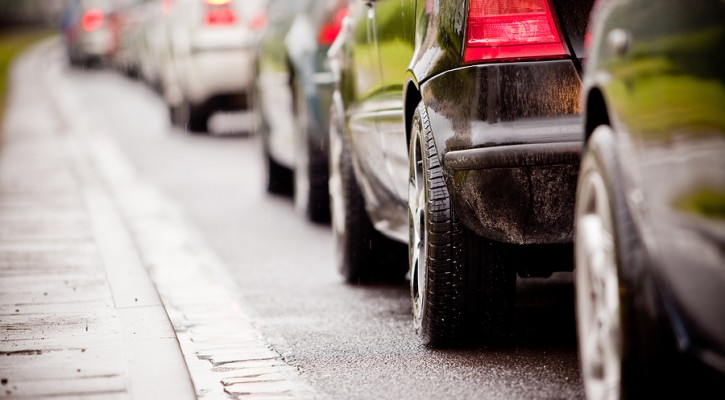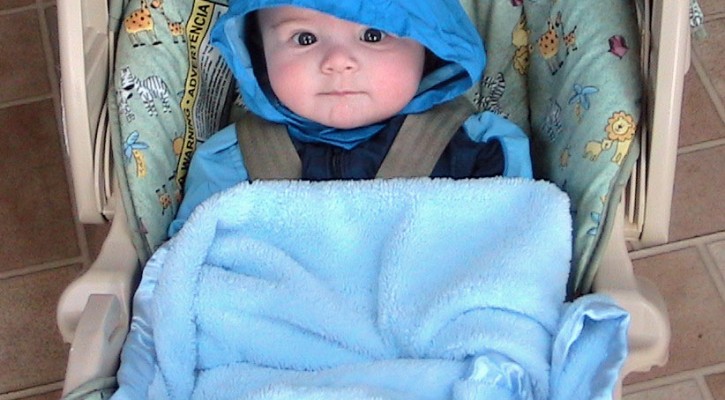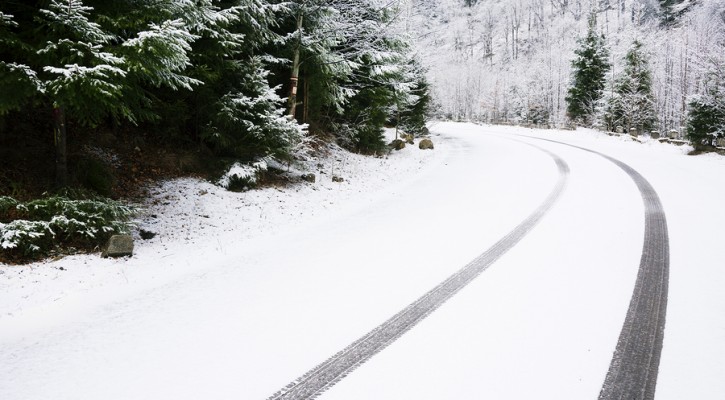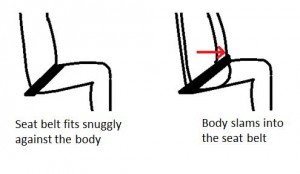Tag Archive: winter driving

46.3 Million Expected On Roads Thanksgiving Weekend
November 26, 2014
This Thanksgiving weekend, the American Automobile Association (AAA) anticipates that 46.3 million people will be out on the roads. With gas prices lower than they have been in years, most Americans will be traveling by car on this, the most heavily traveled holiday of the year. This will also be the deadliest holiday of the year for American motorists.
Keep your cool
With so many cars on the road, you can expect that there will be traffic jams. Leave as early as you can and expect delays. Expect also that there will be drivers on the road with short tempers. Watch your temper and don’t let them goad you into taking some kind of risky action.
If you encounter other, inconsiderate drivers, don’t try to retaliate against them. You never know when you may be pushing another driver over the edge into a road rage situation. If another driver is driving aggressively and dangerously, stay out of their way.
Remember, there’s no such thing as a motor vehicle accident. Car crashes happen when one or more drivers make a poor choice. It’s not an accident! Bad driver behavior causes crashes, not fate.
Don’t Drive Drowsy
If you’re feeling groggy, don’t try to push it. Get off the road and rest. Swap off driving duties with another driver. Take a break every two hours or 100 miles.
If you’re feeling drowsy, stop and get some coffee or some other kind of caffeinated drink. Remember that it will take time for the caffeine to kick in so, after consuming the drink, take a short half-hour nap. With the short nap and the caffeine kicking in, you should feel rested and ready to go.
Remember that it’s better to be late than to never arrive at all.
Watch the weather
Weather conditions are expected to be bad with snow forecast from Washington DC northward. The mid-west is also expecting snow. Watch the weather forecasts and give yourself extra time for weather delays.
Make sure you have warm weather clothing and blankets in case you get stuck. Carry a bag of cat litter and salt in the trunk for traction in icy conditions.
Click it or ticket
Your seat belt is the most important safety device in the car. No matter what type or how bad the crash, you’re always safer when you’re buckled in. Police will be out in force this weekend and will be giving tickets to drivers who aren’t wearing a seat belt.
Have a happy and safe Thanksgiving weekend.

Bulky Winter Coats Unsafe With Seat Belts
November 17, 2014
With the way too early severe cold weather hitting most of the nation, people are pulling their bulky winter coats out of storage but, while those coats provide protection from the cold, they could pose a danger when they are worn under seat belts. Children may be especially vulnerable to the hazards posed by bulky coats winter coats or blankets if they are placed between the child and the seat belt.
In a crash, the body will continue moving forward and injuries or death are only prevented by a seat belt that fits snuggly around the hips. If a bulky winter coat is worn or a blanket is placed between the body and the seat belt, as the body flies forward, instead of being held back, it will slam into the seat belt, possibly causing internal injuries.
For more information on how to protect children in winter, read: Safe Kids: Use thin coat in car seat

First Snow Of The Year
October 31, 2014
Oddly enough, the first snow of the year is forecast for this Halloween weekend throughout the mountain areas of the Southeastern US. Weather forecasts call for the possibility of as much as eight to twelve inches in the higher elevations along the Tennessee/North Carolina border and one to three inches in Asheville NC.
Forecasters call for rain in these regions that will turn to snow as the temperatures start to fall. Hopefully, these areas won’t experience the crippling driving conditions that Atlanta experienced last January.
You may remember the headlines from earlier this year when hundreds of thousands of drivers in Atlanta were released from work and hit the road at the same time. Many never made it home and vehicles were left abandoned on Atlanta roads for days afterwards. A lot of people up north gave Atlanta residents a hard time for their inability to deal with what seemed to be only a couple of inches of snow but they didn’t get the whole picture.
That morning in Atlanta, as the snow began to fall, the roadways were still relatively warm causing the snow to melt as it hit the roadways. As temperatures started to plunge, that layer of melted snow turned to a sheet of ice that was later covered with a layer of snow. It was the solid sheet of ice that caused the problems, not the snow!
After Denver and Phoenix, Atlanta, located in the foothills of the Appalachian Mountains at over 1,000 feet, is the third highest major city in the US. Metro Atlanta’s topography consists of high hills and deep ravines and, when any one of Metro Atlanta’s 5.5 million residents pull out of their driveway, they will be headed either up or downhill.
It wasn’t the snow that caused the problems in Atlanta but hundreds of thousands of vehicles trying to make it up and down those high, ice coated hills. It was a nightmare that few cities in a similar situation would be able to cope with.
Drivers who aren’t used to driving in snow need to use extreme caution if they attempt to go out in the snow this weekend. Most driver manuals in states that have a lot of snow and ice offer these driving rules for coping with wintry driving conditions. When driving on:
- Wet roads: Slow down 5 to 10 mph.
- Packed snow: Slow down to half speed.
- Ice: Slow to a crawl.
In addition to watching your speed, you should at least double the following distance between you and the vehicle ahead.
Know what type of brakes you have. If you have standard brakes, don’t slam on your brakes when driving on snow or ice; instead, lightly pump your brakes to slow the vehicle. If you have anti-lock brakes, apply firm pressure to the brake pedal.
If you start to skid, turn your wheel in the direction of the skid and don’t concentrate on looking at the hazards to the sides. Keep your eyes on where you want the vehicle to go and make steering adjustments to steer in that direction.
Be aware that snow tires don’t work well on ice.
This is a perfect training opportunity for your teen driver but you should limit their driving to no further than the end of the street at very low speeds. It should be quite an eye opening experience for your teen. Be prepared however for the possibility that your teen may take out a mailbox or two. It’s far better for your teen to learn under controlled conditions like this than to experience it for the first time on their own after they get their operator’s license.

